Via dei Rustici, in the heart of Florence
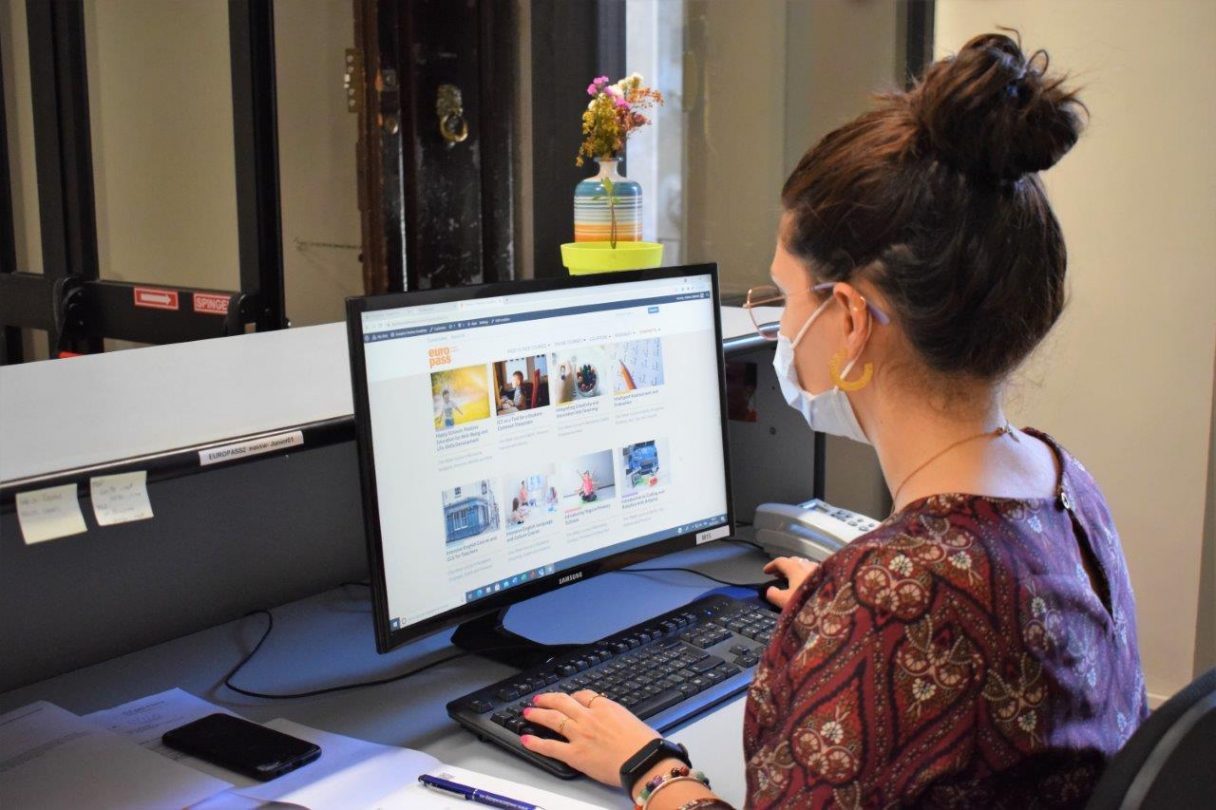
This beautiful historical building is located in the heart of Florence (in Via dei Rustici, 7), halfway between the stunning Palazzo Vecchio and Piazza Santa Croce. From here, all Florence major’s monuments and museums are within walking distance.
In less than 5 minutes, as well as Palazzo Vecchio and Piazza Santa Croce, you can reach Ponte Vecchio, The Bargello, or The Uffizi Galleries.
And, in less than 10 minutes, by foot, you can reach Piazza del Duomo, Piazza della Repubblica, Michelangelo’s David or even our historical headquarter, which still remain in Palazzo Galletti, Via Sant’Egidio 12; where Europass’ journey started almost 30 years ago, as an Italian language school.
In Via Sant’Egidio we will continue to hold our Italian language courses as well some of the courses of our Academy.
The History of the Palazzo Venerosi Pesciolini
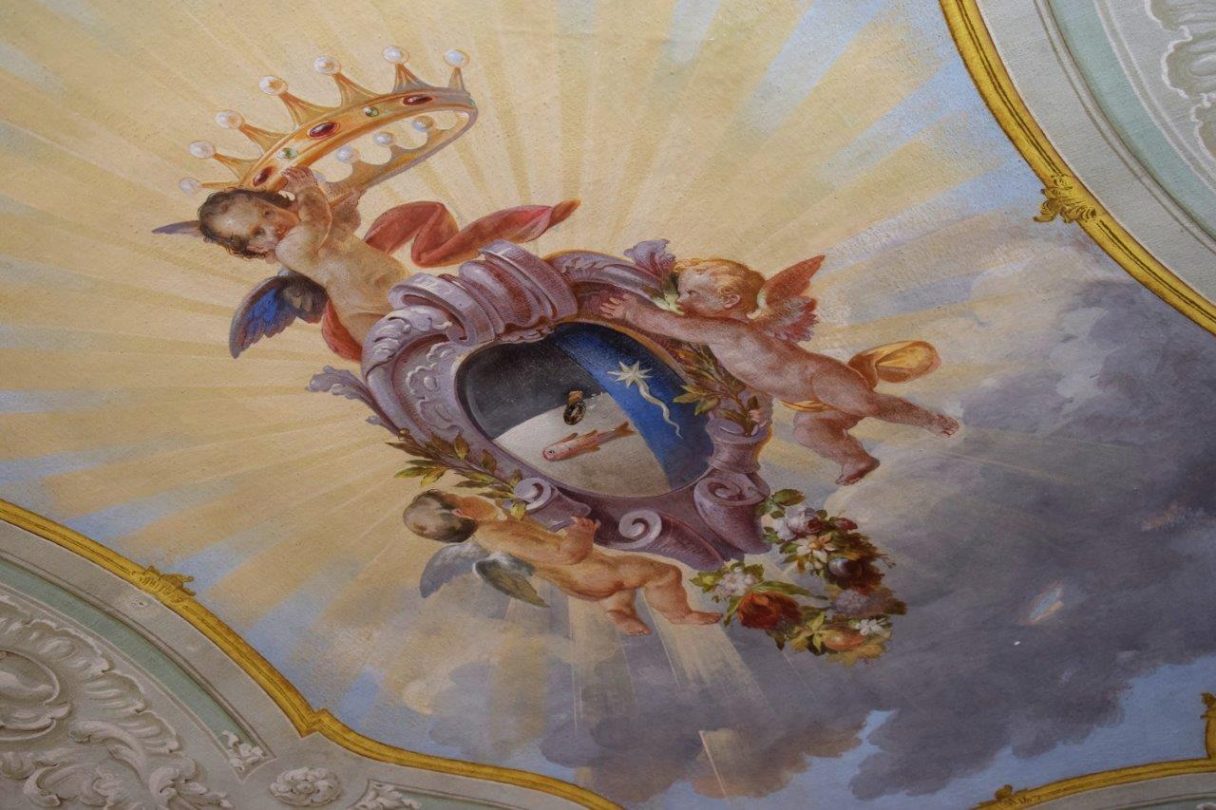
The Peruzzi Family
What is now known as “Palazzo Venerosi Pesciolini” was originally built by the Peruzzi family on the foundations of two merchants’ mansions during the medieval period.
While half of the rooms face Palazzo Vecchio, the other half face a small square with an unusual circular shape, a reminder of the fact that in the Middle Ages a number of houses in this area were built directly on the foundations of an ancient Roman amphitheater.
Having accumulated great wealth thanks to their banking activities, the Peruzzi family had the means to build a tower of their own – still standing next to our facility – and, at the end of the 13th century, they owned the whole area around it, which consequently began to be called “piazza de’ Peruzzi”.
The Peruzzi family was one of the richest and most powerful families in Europe between the 13th and 14th centuries. Their coat of arms – which can still be seen under the close-by arch called “arco dei Peruzzi” – consists of six small golden pears (peruzze in Italian) on a blue field. Even Dante Alighieri mentions them in the XVI Canto of the Divine Comedy vv. 124-126:
“Io dirò cosa incredibile e vera: nel picciol cerchio s’entrava per porta che si nomava da quei de la Pera.”
"I shall tell a thing incredible and true: the gateway through the inner walls was named for the della Pera." (Translation by Allen Mandelbaum, 1984)
Probably, the “unbelievable thing” for the character who is speaking – Dante’s ancestor Cacciaguida – is the fact that the newcomers Peruzzi had become so influential that one of the city-gates was named after them.
This whole Canto of the Paradiso is about Dante’s noble origins and the frequent changes and misfortunes of the influential families in the political life of Florence at the time. The Peruzzi, for instance, reached their momentum at the beginning of the 14th century, when they were lending money to the most powerful people of the time and keeping alive diplomatic relations with both the French and the English during the 100 years of war. Indeed, the affluence of the Peruzzi family greatly contributed to Florence’s artistic life. In 1318, for instance, they commissioned Giotto to paint their memorial chapel in the nearby Basilica of Santa Croce. However, in 1343 their company had to declare bankruptcy, due to the fact that the King of England, Edward III, failed to repay his debts.
Why the name Palazzo Venerosi Pesciolini?
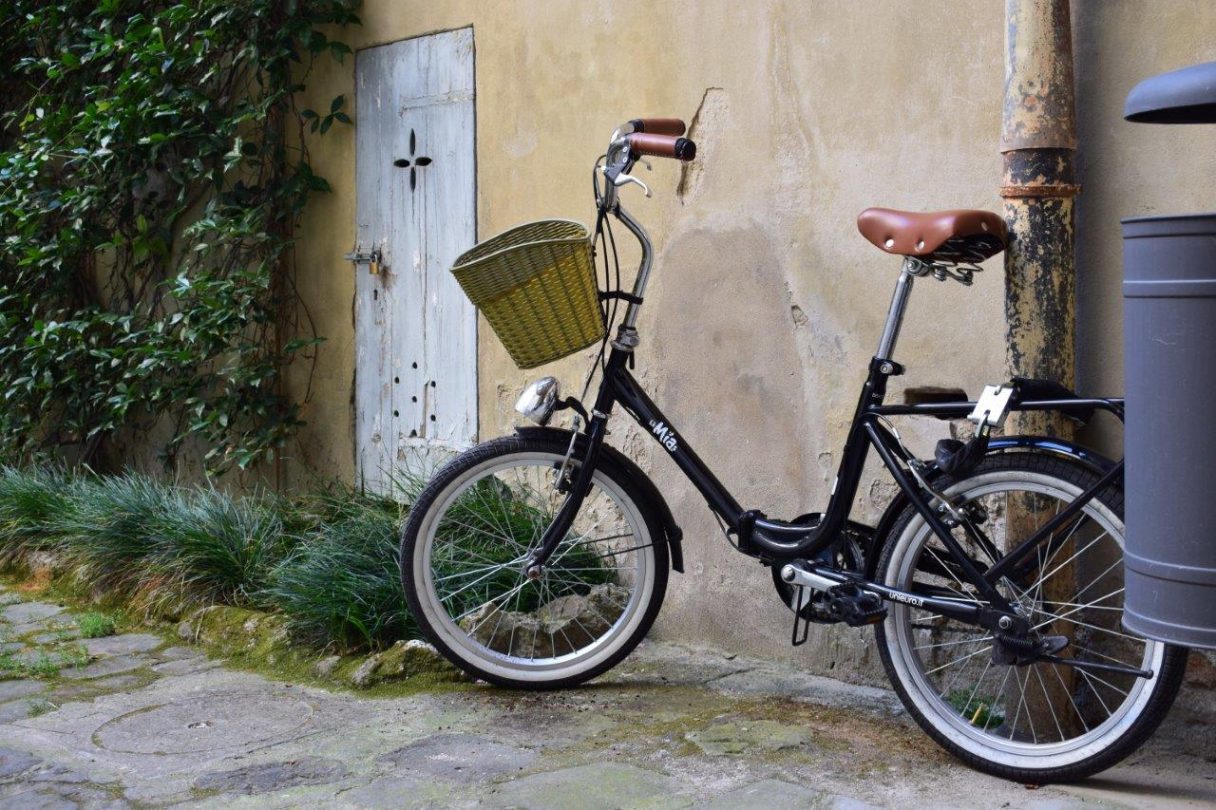
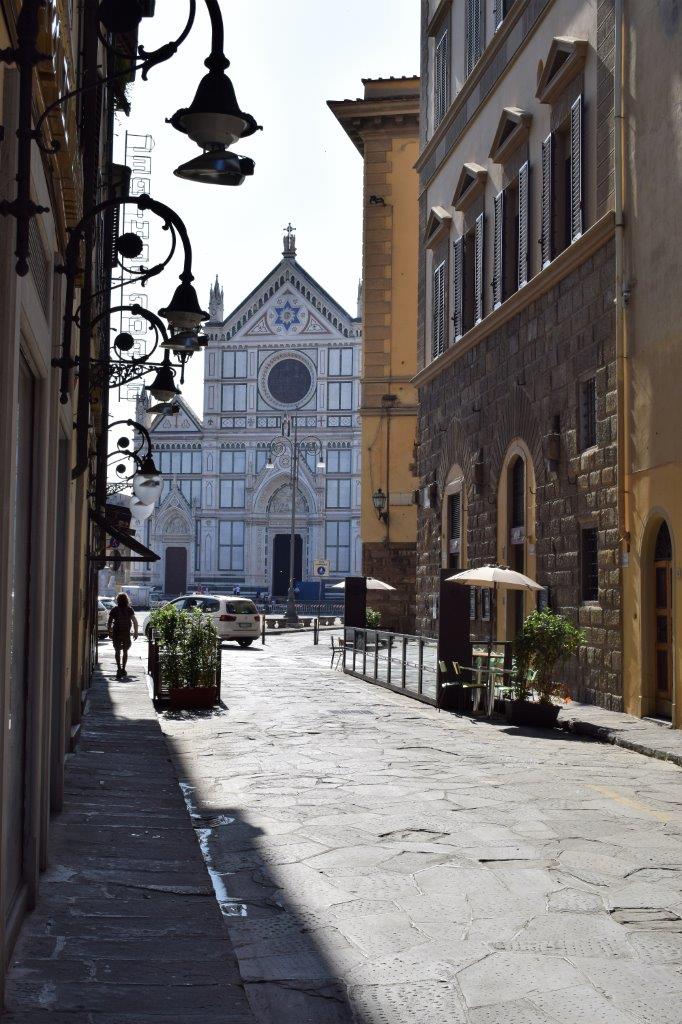
So, why do we call it palazzo Venerosi Pesciolini if it was built by the Peruzzi family?
That’s because the building has changed hands multiple times, having been purchased by several different families in the course of its long history. The most visible architectural modification took place in the 18th century when the Malaspina family bought the palace and restored its facade to adapt it to a style that was considered to be more tasteful at the time. Overall, the front that you can see now is very similar to the eighteenth-century one, with the bugnato liscio on the ground floor and two rows of elegant windows (six per floor) decorating the two upper tiers. The one key difference from the eighteenth-century building is that a restoration campaign, in 1986, uncovered six blind arcades that in the Medieval period hosted merchants’ workshops.
Once you’ve entered through the main gate, you will see a large wooden shield hanging above the narrow hallway that leads to the inner courtyard. The function of this coat of arms is that of stating the ownership of the palace, as the device depicted on it – with a fish at the bottom and a griffin on the right half – belongs to the Venerosi Pesciolini, a noble family originally coming from Pisa’s countryside.
The Palazzo in modern times
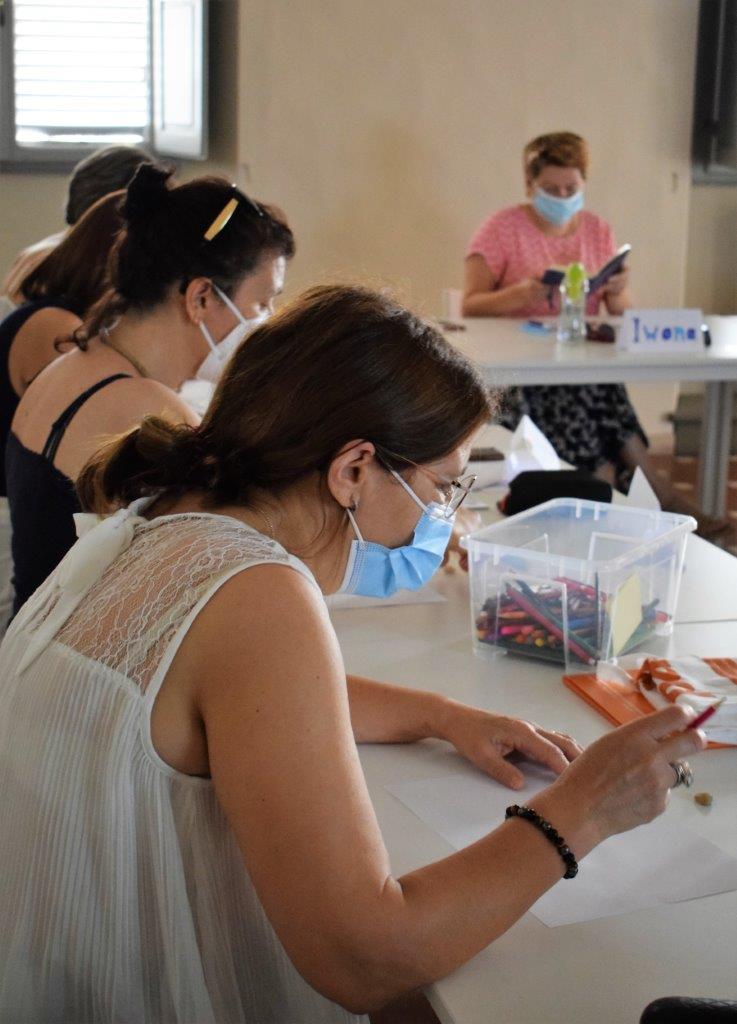
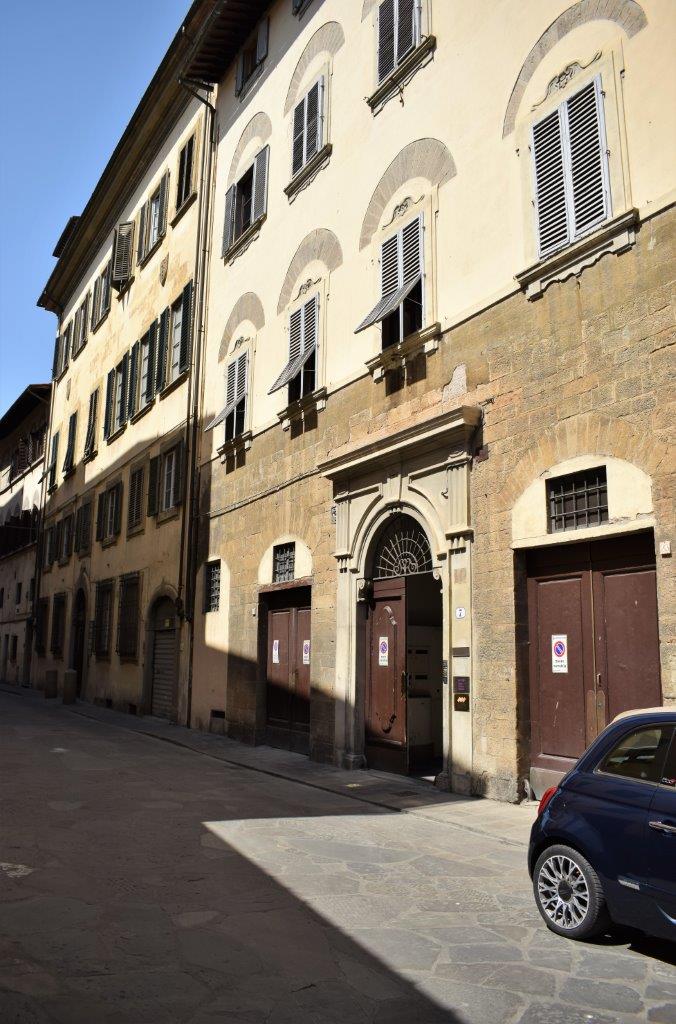
Between the end of the 19th century and the beginning of the 20th, the building hosted a female elementary school.
Nowadays, the palace hosts different residential apartments, the offices of the risk management company Willis Towers Watson in Florence, and, on the second floor, our classes.
The new Academy gives us the opportunity to host more than 100 teachers each week, with rooms perfectly equipped for our Teacher Training courses.
> Discover the Teacher Training Courses available in Florence
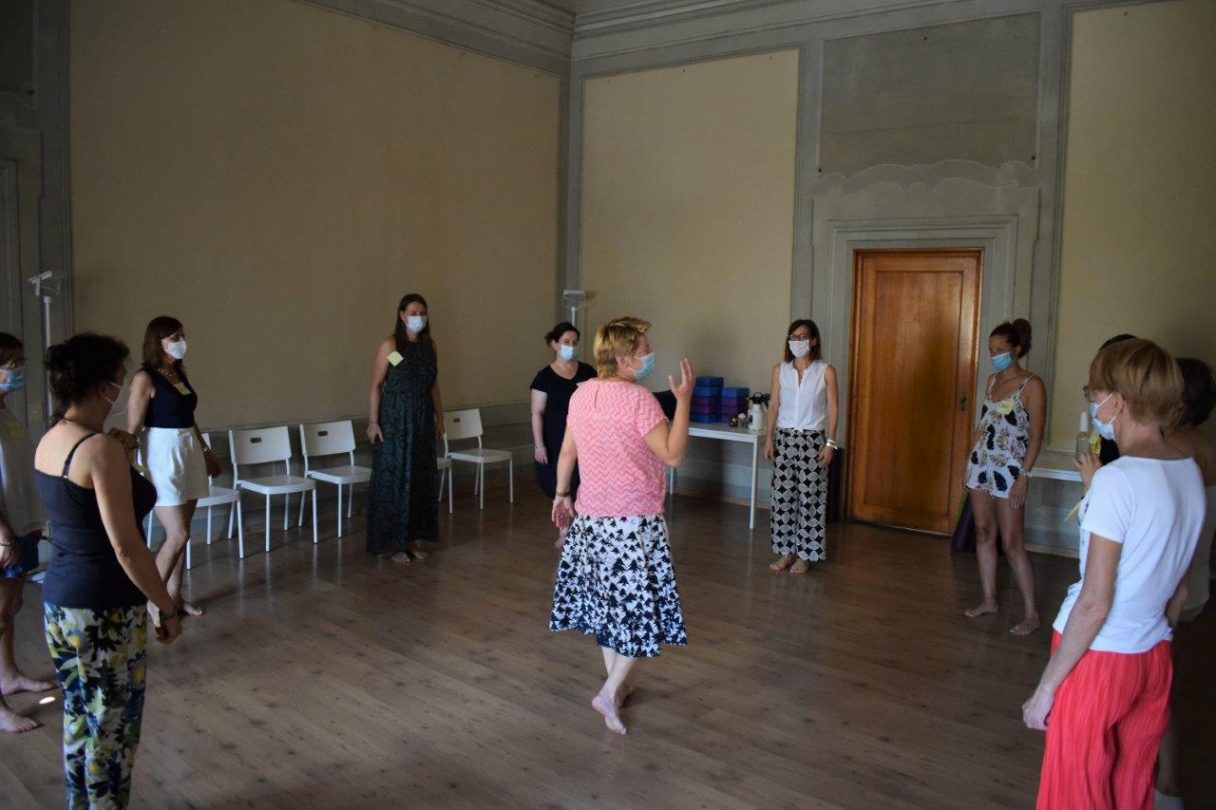
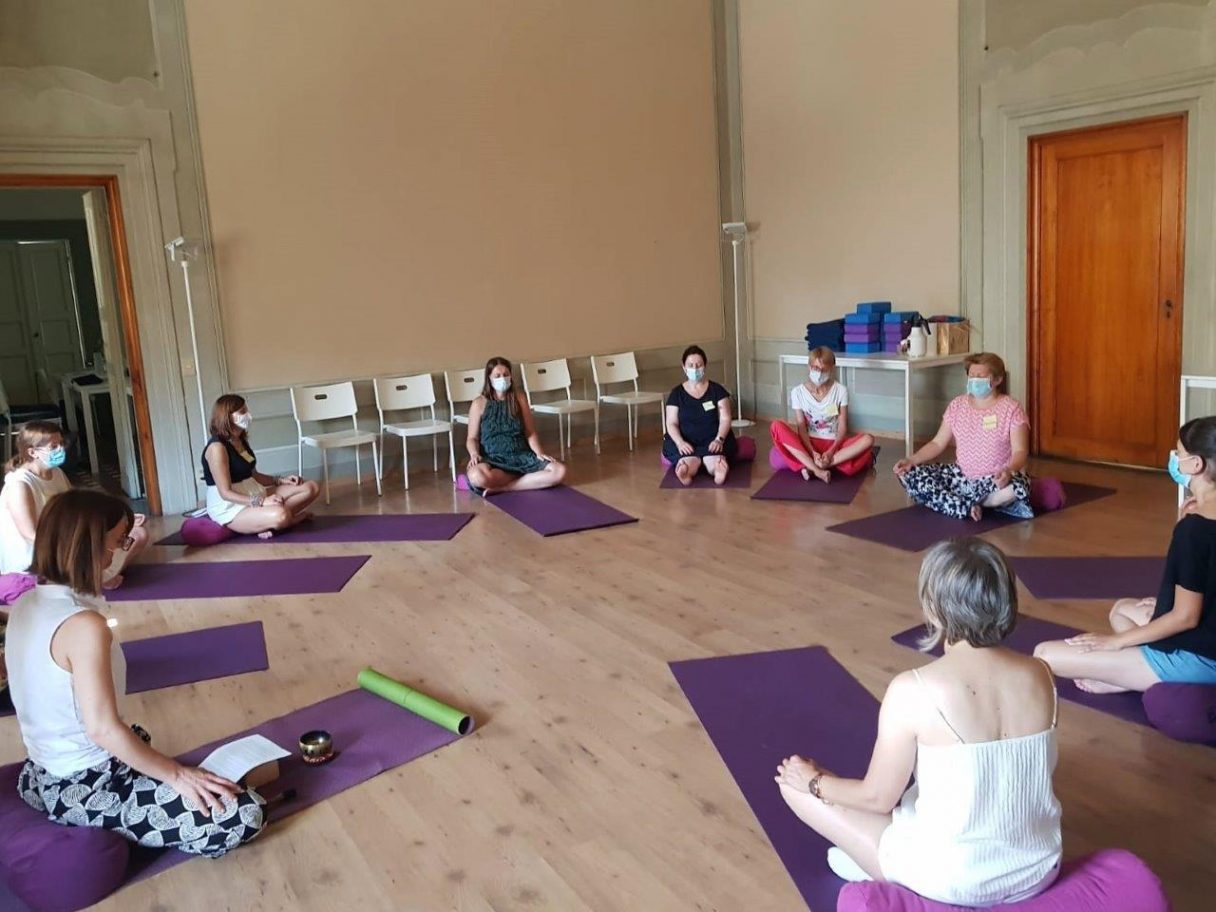
How to reach us
By plane:
Florence airport is relatively small, most international flights arrive at Pisa-San Giusto Airport (PSA). Florence city center and Pisa’s airport are well connected by train and by bus.
By train:
Florence is located at the center of the Italian national railway network. Florence’s main station (Santa Maria Novella) is 20 minutes walking distance from our academy.
By car:
Florence is also well connected to the other major Italian cities by two highways: the Milano-Napoli and the Firenze-Pisa.
> Discover further information on how to reach Florence city center.
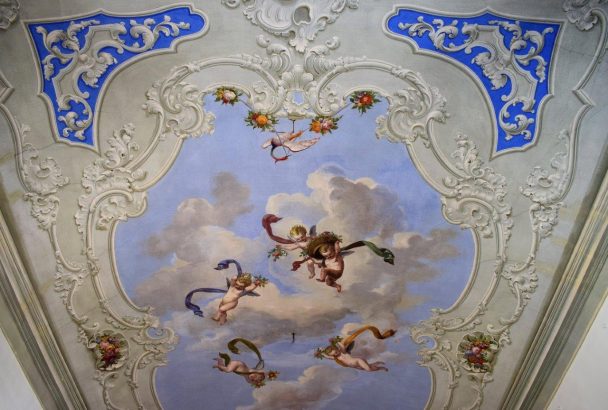

I like the school
Thanks! =)